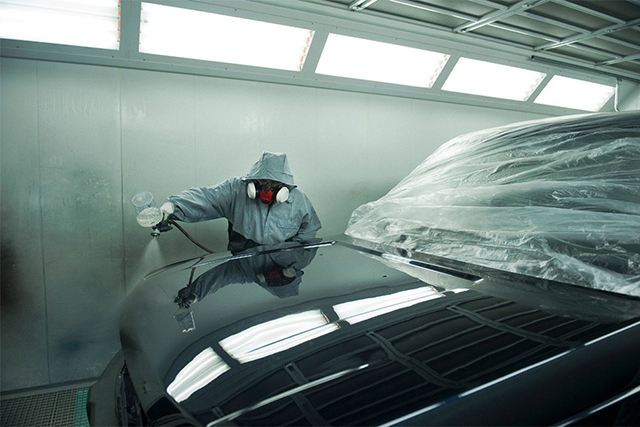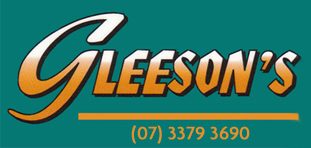
It is important to have the correct backing plate and buffer pad. You should find a durable Velcro backing plate and Velcro foam pads and wool pads. Look for a backing plate with holes in it to redistribute heat from the surface of the paint. Another cool design is the three leaf clover design which has great gripping power and cooling capabilities. Our fantastic range of wheel woolies are ideal for giving your car a professional, glossy finish for your tires are what we proud of.
Make sure to buy foam pads that correspond to the holes on the backing plates. Look for a backing plate with a harder outer ring that is slightly beveled. This feature strengthens the plate and allows flexibility when buffing on the exterior step ribs of the hull.
You will find that air circulation is much better on these types of pads than on ‘waffle’ type pads which tend to fling more product. This is wasteful and also makes a mess causing extra taping, clean-up and a slight environmental situation if working on a boat in a slip. These pads have a very ‘tight’ hook and loop system which can grab the Velcro on the back of the pad too tightly. If you are not careful, you will completely rip the felt back off the pad. This is why we recommend a backing plate that uses a looser or more spread out design.
Unlike cars, which have a 1 to 3 micron thick clear coat, a gel coat on a boat is 10 to 15 times thicker and on more expensive boats as much as twenty times thicker than the clear coat on cars. For this reason a wool pad is preferable unless you are doing such light oxidation removal that you are simply trying to save hand motion. Double sided wool and synthetic fiber pads work great as well. They allow speedy change when you are on top of the boat and want to save time getting off the boat to change the pad. Just flip it over and go. They also have the right flex to allow proper buffing technique. S.M. Arnold is a place to get them.
Now there are a variety of wool pads to choose from. The jobs they perform best range from heavy cutting and compounding to light cutting, polishing and finishing. When finishing you may wish to switch to a foam pad. But if you feel comfortable with it stay with the wool. The wool pad may be made of 100% wool or a blend of synthetic and wool or natural lamb’s wool for finishing purposes. The colors of the wool pads tend to vary from company to company, so disregard the color of the pad since it’s only a dye. The features that make a wool pad appropriate for different types of jobs are:
Ply – Wool pads can be single ply, four ply, whatever. Ply is the number of twists per strand of yarn. The more twists the stronger and more aggressive the pad becomes.
Pile Height – This refers to how tall the yarn is. It can range from 1 1/4″ to 2″. The shorter the height the less it gives and the more aggressive it becomes.
Description – Ply and pile height are important factors to determine how aggressive a pad will be but also the make-up of the type of wool is a significant factor. As you get away from 100% wool to synthetic and from four ply to one ply and increase height, the pad becomes softer and better for producing a finer finish.
Take good care of your finishing wool pads. Keep them clean and use a spur tool to clean them not a screwdriver. If you have synthetic wool pads you can wash them, but 100% wool pads will knot up and shrink. Four plys are the worst for this. Whenever possible or practical replace the pads. Save old pads for the tug boats and things that are rough and might ruin a good pad. With foam pads, you can easily tell their aggressive nature by density. The more dense the more aggressive. Also, they have ratings. Parts per inch (PPI). Most range from 40 to 100 PP. The higher the number the softer they are. 40 to 50 PPI is for swirls in clear coats of cars and light cuts. Foam pads tend to stick and grip more than wool pads and can heat up quicker. At 1700 rpm’s foam pads tend to max out in temperature unless they have heat holes. Cleaning foam pads is simple. Use warm soapy water, spur tool, tooth brush and wring them out to dry. Do not use real hot water because it delaminates the glue on the Velcro.
Catalog for Pads
S. M. Arnold Inc.
1-314-544-4103
“Lance Winslow” – Online Think Tank forum board. If you have innovative thoughts and unique perspectives, come think with Lance; www.WorldThinkTank.net/. Lance is an online writer in retirement.
Article Source: http://EzineArticles.com/expert/Lance_Winslow/5306
Article Source: http://EzineArticles.com/25179
